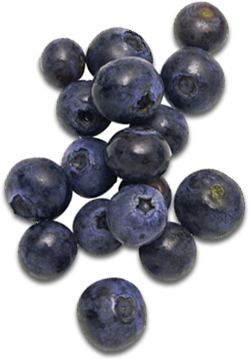no items to display
Keep a Flourishing Winter Garden
Last month, a longtime friend and I finally made dinner plans. Instead of going out, we hung out at his place and he cooked. No chopping, slicing, and dicing and no dishes? Win-win on my end. My cooking skills are pretty respectable, and so is my time spent in the kitchen. So, a break every now and then is as delicious as my winter go-to dinner, mushroom stew.
In addition to skillet skills, my friend Brad is also industrious. His unique spin on life is apparent when he entertains. When he puts out his spread, many of the ingredients come right from his home. Unlike your average home chef, Brad grows his own hops, kale for salad, and herbs for the main course. What’s best is that he uses methods that allow him to grow year-round!
Year-round gardening keeps an eye on your wallet, saving you money on expensive grocery produce; gives a boost to your health, keeping foods free from pesticides; and supports the environment, eliminating travel time and packaging. There are various methods out there, and depending on which one(s) you choose, you can have a variety of options for what to grow, where to grow it, and how much time and money to invest.
If you want to explore year-round gardening and sustainable living, check out these methods:
- Underground greenhouse. This method isn’t for the faint of heart, but it’s the most comprehensive. It requires a lot of elbow grease and a good bit of time for digging a fairly large hole, usually 6-8 feet deep, and constructing other elements of the structure. When built well, an underground greenhouse, also called a walipini, is incredibly viable for growing any type of plant all year long. Some people even keep livestock there!
- Cold frame. A step down from an underground greenhouse, a cold frame is still highly versatile, and also easier to construct. A cold frame is basically a shallow garden with a plastic roof. It’s perfect for growing cold-weather plants like escarole, leeks, green onions, and kale. It can also extend the growing season for other less-hardy plants, and used to prep seeds and seedlings or to “winterize” dormant plants.
- Vertical garden. This method is the easiest because it can be done indoors without investing too much time or money. My friend Brad made an impressive vertical gardening setup himself with PVC pipe and attached it to a small wall. If you want to skip the DIY aspect, try Juice Plus+’s Tower Garden, a freestanding vertical gardening system that takes up less than three square feet; it can also be used outdoors. Vertical gardening allows for a vast range of vegetables, herbs, and even flowers. The options are too numerous to list, which means your favorites won’t be…left out in the cold!
Here’s to growing healthy foods and living well all winter long! What are your winter gardening tips? Share in the comments below!






